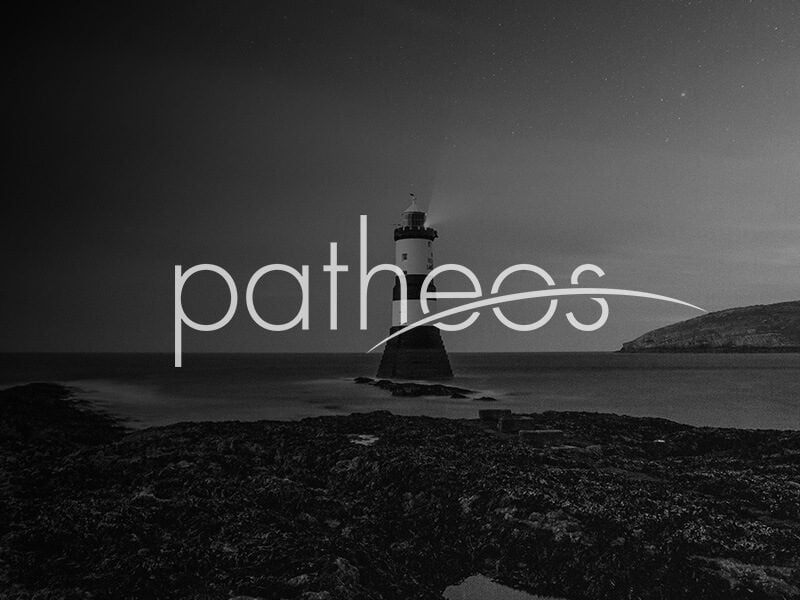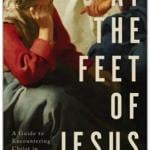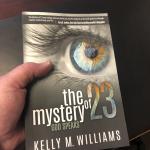Marin Cogan thinks that photobombs give us an insight into the culture of Washington. “Photobomb” is “a catch-all term for the act of appearing in a photo intended to capture someone likely much more important than you.” Photobombs can be funny, embarrassing, even slightly scandalous. If you’re caught in a picture with the right person, a photobomb can be a point of pride, a status symbol. They reflect the basic premises of Washington culture: “1) We are the heart of... Read more




















